
Topics covered in our most popular blogs in the first quarter of the 2023. included , selective caries removal, root canal dressings and pain management following dental extractions
[read the full story...]
Topics covered in our most popular blogs in the first quarter of the 2023. included , selective caries removal, root canal dressings and pain management following dental extractions
[read the full story...]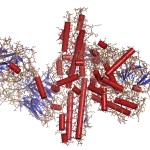
This review of the use of botulinum toxin (BONT-A) for pain-relief in patients with persistent idiopathic dentoalveolar pain included just 3 small uncontrolled studies providing a very limited amounh of very low quality evidence.
[read the full story...]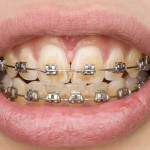
This review of the efficacy of of analgesics on the relief of pain during orthodontic treatment included 12 RCTs. The findings demonstrate that analgesics were more effective than placebo in controlling orthodontic pain
[read the full story...]
This review comparing the efficacy of Cox-2 inhibitors with ibuprofen after third molar removal included 12 RCTs suggesting that COX-2 inhibotors and Ibuprofen provide similar pain relief at 6, 8, and 12 h after third molar removal.
[read the full story...]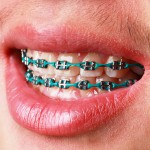
This review of different methods for reducing pain and discomfort during removal of fixed orthodontic appliances included 6 RCTs providing weak evidence for pre-debonding analgesia and other approaches.
[read the full story...]
Ian Hamilton and Julia Buxton from the University of York preview the #NonMedicalDrugs event that will take place in York on Friday 16th March 2018.
The meeting will bring together people who can offer personal and professional insights of the extent of the issue and how we can support people who develop problems.
[read the full story...]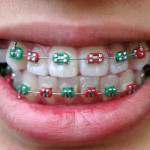
This Cochrane review of drug interventions for pain during orthodontic treatment including 32 RCTs find that analgesics were effective in reducing pain. However, low quality evidence did not show a difference in effectiveness between systemic NSAIDs compared with paracetamol, or topical NSAIDs compared with local anaesthetic.
[read the full story...]
December brings two new protocols to the Cochrane Library from the Cochrane Oral Health Group. The first of these:- Liu JLY, Walsh T, Kerr AR, Lingen M, Brocklehurst P, Ogden G, Warnakulasuriya S, Scully C. Diagnostic tests for oral cancer and potentially malignant disorders in patients presenting with clinically evident lesions (Protocol). Cochrane Database of [read the full story…]
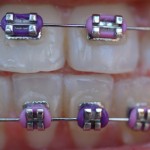
One of the potential side effects of orthodontic treatment is pain and discomfort. This can lead to reduced compliance or discourage patients from treatment. The aim of this study was to evaluate the effectiveness of pharmacological interventions on pain experienced by patients undergoing orthodontic treatment. What did they do The Medline and Cochrane databases were [read the full story…]
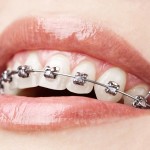
Pain is not an uncommon experience during orthodontic treatment, and has been reported as a cause of treatment discontinuation. The aim of the study was to assess the efficacy of a cognitive behavioural therapy (CBT) intervention for patients experiencing pain during orthodontic treatment. Eligible patients were randomised into three groups CBT intervention(n=150), ibuprofen intervention(n=150), and [read the full story…]